Modern art is white, male, European. At least that is the image that some museums still convey. The documentary “White Balls on Walls” sheds light on the debate about diversity in museums.
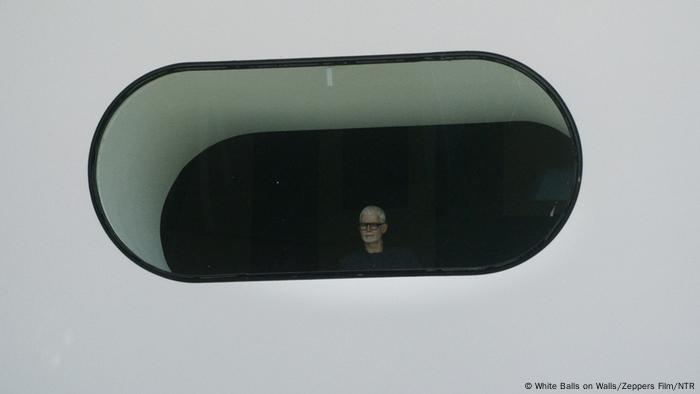
Film still from “White Balls on Walls”: Stedelijk director Rein Wolfs looks out of a window of the museum
Director Sarah Vos has had the Amsterdam Stedelijk for almost three years museum in a discussion that is becoming more and more pervasive in the art world. Her documentary “White Balls on Walls” deals with the question of diversity in museums. In order to set up the project, collection, exhibition concept and team more diverse and to question the handling of art anew.
In December 2019, Rein Wolfs, the longstanding director of the Bundeskunsthalle in Bonn, took over the management of the renowned Stedelijk. An important part of his concept: The Stedelijk should become more diverse. Together with the employees of the Museum of Art and Design, Wolfs evaluated the collection and exhibition concept. The sobering conclusion: Less than every tenth painting in the collection came from women. Black, Indigenous and People of Color (BIPOC) artworks were marginal.
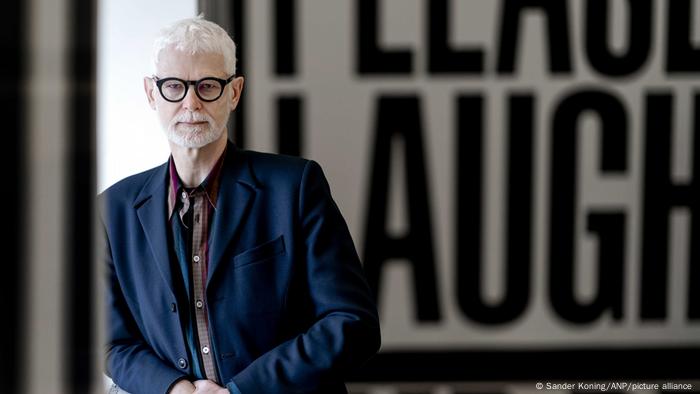
Rein Wolfs has been director of the Stedelijk Museum in Amsterdam since December 2019
In the past, cultural institutions “didn't think outside the box enough,” says the museum director in an interview with DW. The Stedelijk now wants to think more globally and, for example, align its concept with the population structure of Amsterdam. “We want everyone to have the opportunity to find their own history and their own moments of identification.”
The discussion about a new concept raises questions: Can, should, one put diversity into words or quotas? Should origin and gender of artists play a role in the classification of art? How can museums and exhibitions really become more diverse?
Quote as a solution?
In the Stedelijk, the team has agreed on a quota: from 2021 to 2024, at least half of the purchase budget should be spent on works by BIPOC artists. There shouldn't be fixed quotas for works by women, but you always want to consider this aspect when making your selection.
Every year there is also at least one major exhibition with BIPOC artists or a group exhibition that focuses on diversity. Nevertheless, there is still room for the works of white artists and for the well-known highlights of the house.
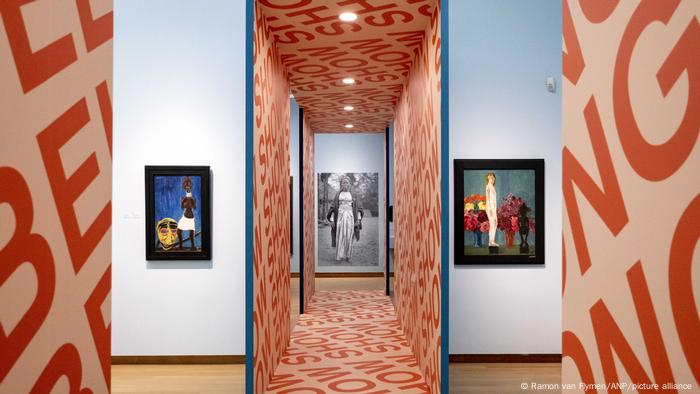
An exhibition about Kirchner and Nolde im Stedelijk juxtaposed expressionism and colonialism in 2021
As polyphonic as life
Diversity plays an inherent role in ethnological museums, in which objects of everyday use and art from all over the world are collected and exhibited. This is also the case in Frankfurt's Weltkulturen Museum, which also collects contemporary art from non-European countries.
Her house focuses on the art of indigenous people, who are in the minority in their home countries, says museum director Eva Raabe the DW. The museum also collects works by women, men, children and queer people.
Here, too, it is not primarily about specific quotas. According to Eva Raabe, the statement that artists want to make with their works is more important. “They tell us about the reality of their lives through their art, which is an expression of their opinions, their needs, their lives.” By including a wide variety of perspectives, the selection of the museum is automatically very diverse.
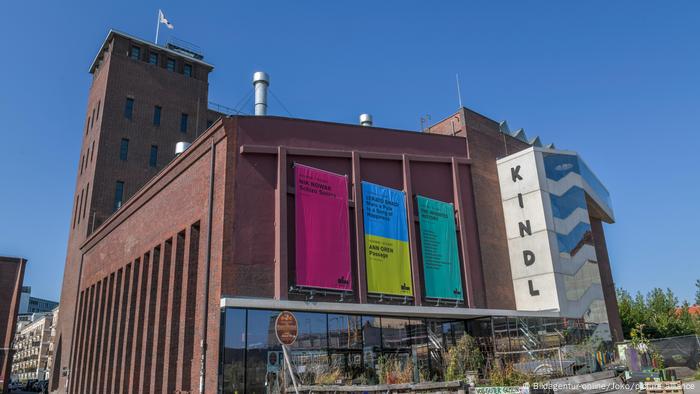
The KINDL – Center for contemporary art in Berlin
At the KINDL, the center for contemporary art in Berlin, the curators are also making every effort to ensure a diversified exhibition program, as director Kathrin Becker assures. In an interview with DW, she explains: “I have a very personal mission, which I share with many colleagues in Berlin and elsewhere, and that is to achieve polyphony when presenting contemporary art.”
The gender identity as well as the ethnic and socio-economic origin of the artists are of importance. According to Becker, art offers the opportunity to communicate about the world and about being.
Some artists remain skeptical
And how do artists react to the diversity debate in art and museums? Who are potential quotas helpful for? “I would almost find it an insult if the Stedelijk did an exhibition with my work just because they are looking for BIPOC artists,” says Surinamese-Dutch artist Remy Jungerman in Sarah Vos' film White Balls on Walls”.
However, Wolfs does not realize that artists do not want to exhibit in the Stedelijk because of the quotas: “I tend to see the other side, where people ask themselves – artists – yes, will we also be considered at all?”
< p>Criticism of the reorientation of the Stedelijk does not surprise the museum director. He's increasingly hearing the accusation that the museum is putting a political agenda in the way of art. “We're considered woke, and that's a swear word these days. We get a lot of praise, but we also get a lot of criticism. But that's also a bit part of this house. We're a museum that's always very strong on the front line, and about which many people always quickly have an opinion.” Provocations and courageous decisions are aspects of contemporary art that Wolfs wants to continue to preserve.
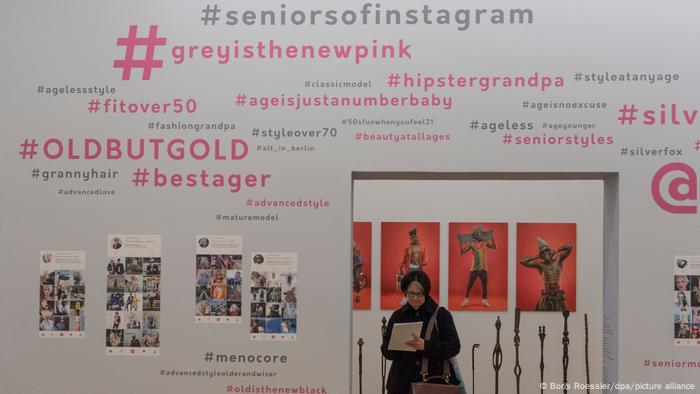
The Weltkulturen Museum in Frankfurt ensures diversity with multi-perspective exhibitions
“You can always do more”
The museum director sees a change towards more diversity almost everywhere – in cultural policy, in museums, in society. Kathrin Becker from Berlin made a similar observation: “Sometimes museum directors come up against the fact that their collections are very often very Western, Eurocentric, with new ideas – for example by presenting their Present collections and address the missing areas through exhibitions and invite artists who do not represent Western art.”
So how can museums become more diverse? Whether quotas help, the dialogue with artists or multi-perspective exhibitions – just being aware of the topic makes the difference, it seems. Eva Raabe from Frankfurt's Weltkulturenmuseum says: “You can actually always do more, to give smaller groups a voice.”